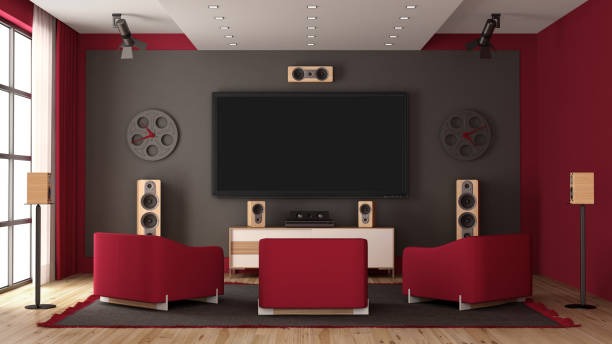In today’s fast-paced world, home entertainment has become an essential aspect of modern living. As technology advances, the desire for a cinematic experience within the comfort of one’s home has grown exponentially. Installing a home theater system can seem daunting, but with careful planning and execution, it can be made easy and efficient.
The first step in simplifying home theater installation is selecting the right equipment that suits your needs and space. Modern homes often have varying layouts, so it’s crucial to choose components that complement your environment. Begin by assessing the room where you plan to set up your system. Consider factors such as room size, acoustics, lighting conditions, and seating arrangements. These elements will influence decisions on screen size, speaker placement, and other critical aspects of your setup.
Once you’ve evaluated your space, focus on acquiring quality equipment without overwhelming yourself with unnecessary features. A basic yet effective home theater setup typically includes a high-definition television or projector with a compatible screen size for optimal viewing distance. Pair this visual component with an audio system that delivers crisp sound quality; options range from simple soundbars to more elaborate surround sound systems.
Modern technology offers wireless solutions that simplify installation significantly by reducing explore deeper clutter from cables running across rooms. Wireless speakers are increasingly popular due to their ease of integration into existing setups while maintaining high-quality audio output.
After gathering all necessary equipment comes the actual installation process itself—often perceived as complex but manageable when approached methodically. Start by positioning your television or projector at eye level when seated; this ensures comfortable viewing angles for prolonged periods without straining eyesight or neck muscles.
Speaker placement plays a pivotal role in achieving immersive soundscapes typical of commercial theaters: front speakers should align symmetrically around screens whereas rear ones provide depth through strategic positioning behind viewers’ seating areas if possible (or ceiling mounts). Calibration tools available today facilitate fine-tuning settings like volume balance between channels ensuring optimal performance tailored specifically towards individual preferences rather than generic presets found out-of-the-box configurations alone!




